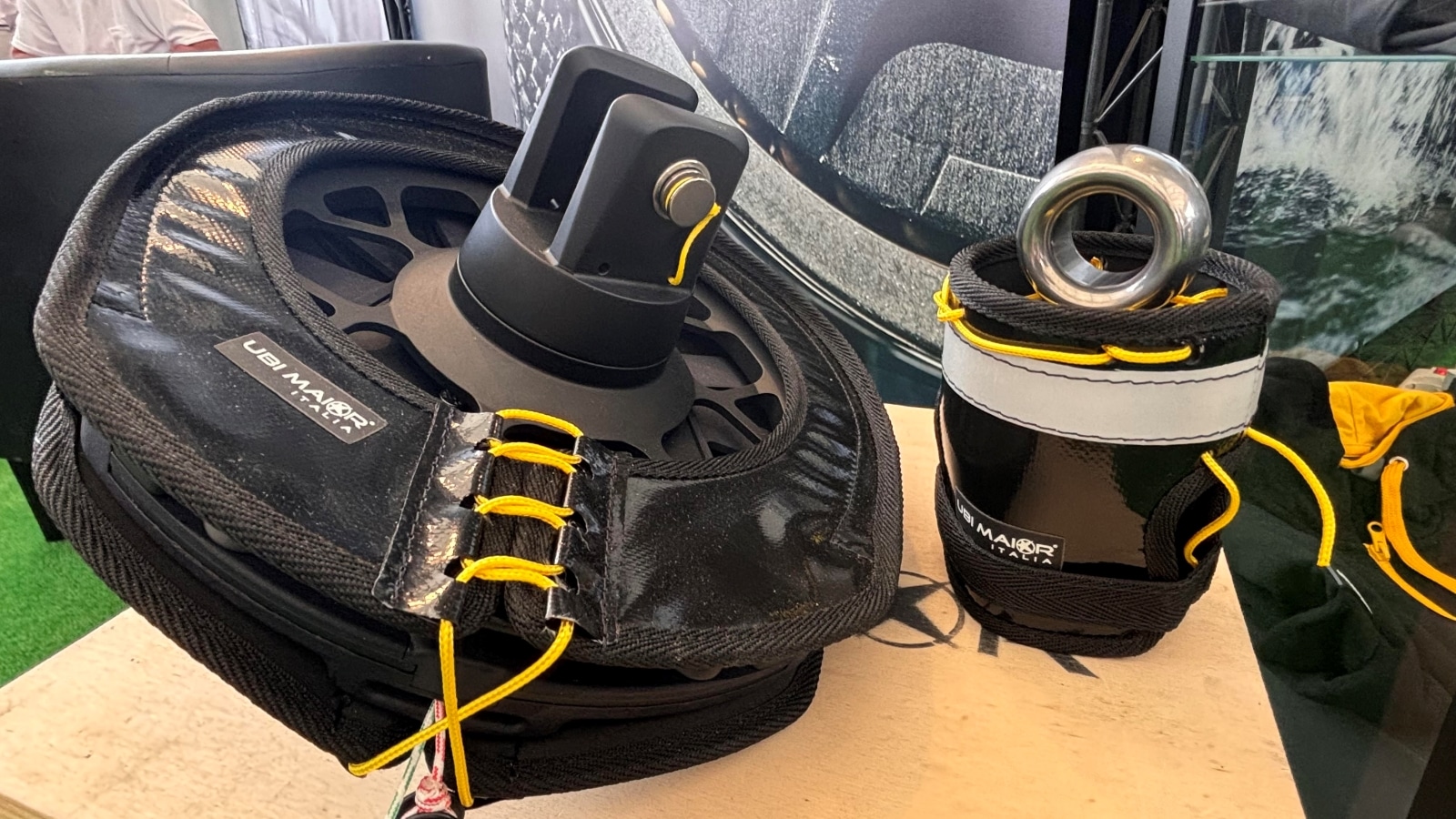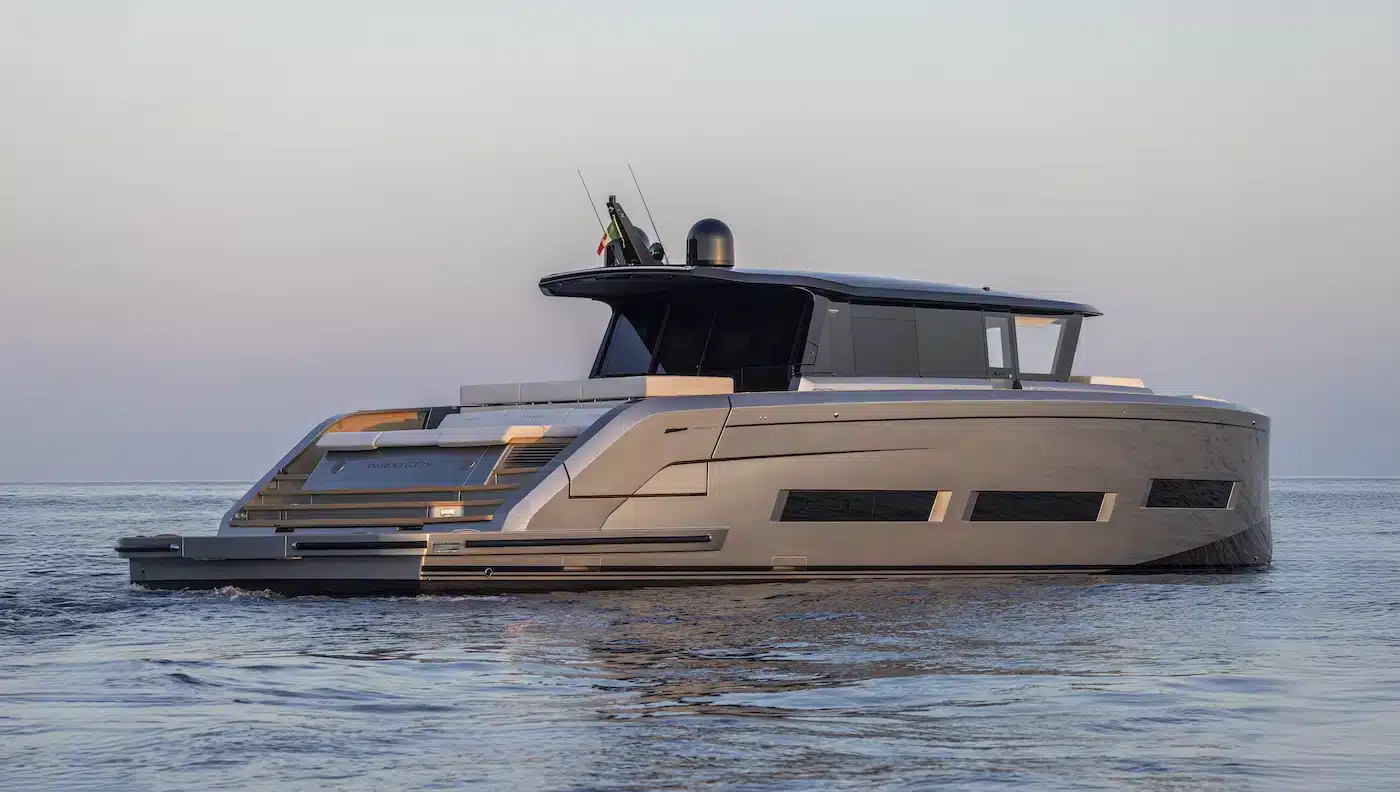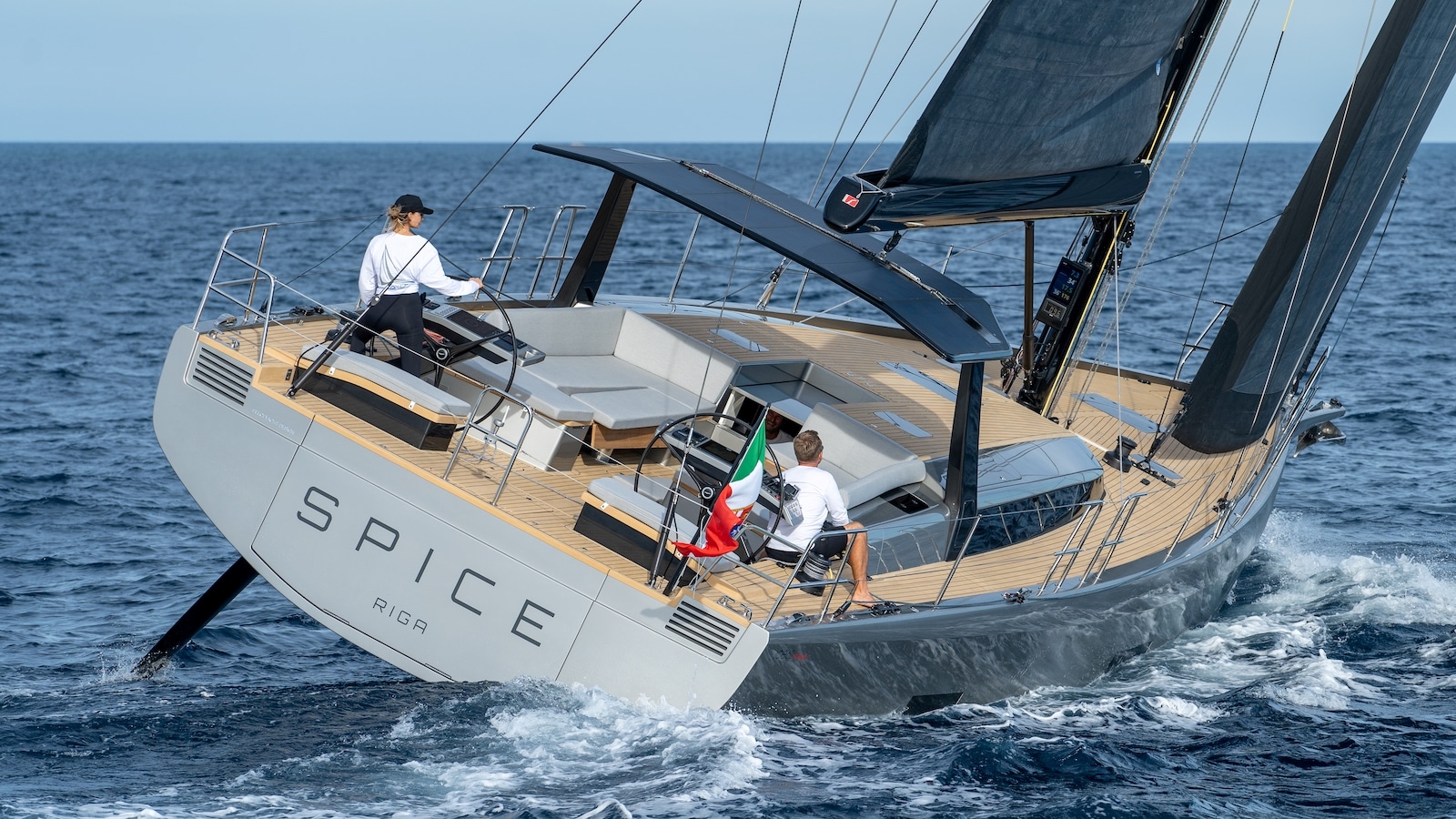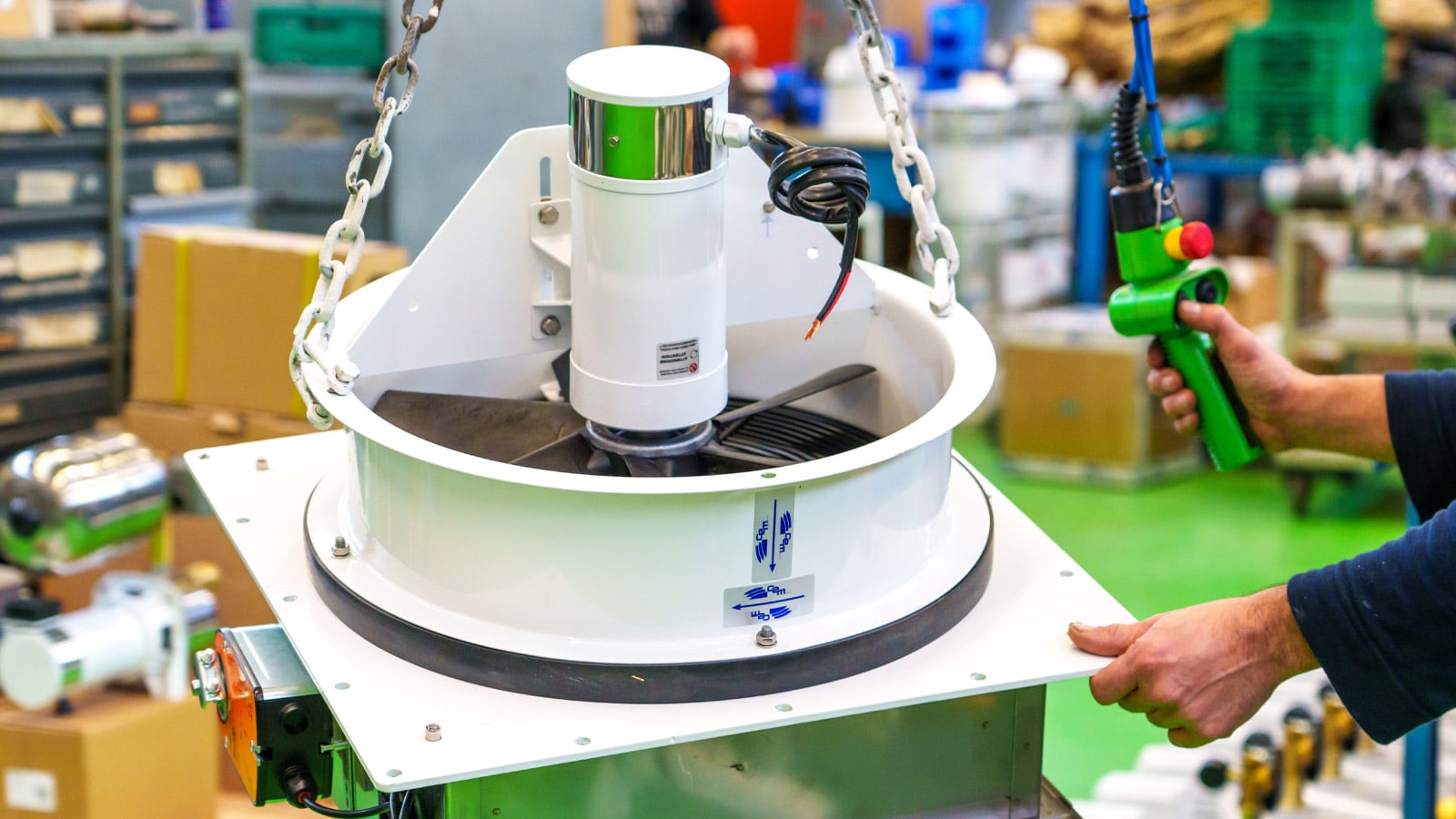The Italian poet Francesco Petrarca defined Genoa as a “imperious […] mistress of the sea, proud for men and walls”. This was true even before the Genoese became the masters of the world between the 16th and the 17th century. For over 800 years, the city of the “Lanterna” was a powerful respected independent Republic. St. George’s Cross wove over the seas as a symbol of mercantile strength and power of self-government until the beginning of the 19th century when the city was annexed to the Napoleonic Empire.

The following historical events, from the Congress of Vienna onwards, transformed Genoa from a State to a city but they didn’t cancel the remnants of its glorious past, still visibile today and available for anyone looking for them. Especially for boating enthusiasts, Genoa means indeed Piazzale Kennedy, the arterial roads linking the highways with the exhibition area of the Genoa Boat Show and the carparks all around (with very steep parking fees). A real waste considering that Zena, as people in Liguria call the city, has much to offer, more than one can conceive, such as its picturesque caruggi, Rolli Palaces and the path of fortresses.
So, in order to discover this sublime work of the human talent, we start just from the sea, which has always been the best Genoa’s ally.
The Ligurian capital, in fact, offers its visitors the possibility to stay not necessarily in a hotel or an apartment but on board their own boat. And the opportunity is really attractive since it represents an alternative form of tourism which prefers a “pied-dans-l’eau” to a “pied-à-terre”. So, for a holiday in the city, there’s no better place than Marina Porto Antico where to moor. The marina, in fact, is the physical and symbolic core of the city, recently renovated in the full respect of tradition.

Around this modern full-equipped marina, framed by ancient buildings built in the golden age of Genoa, the rebirth of the city, guided by the innovative Renzo Piano’s vision, has come to life. Here, the Genoese architect placed two works which have quickly become the symbol of this Renaissance: the Bigo, a wonderful monument inspired by traditional loading cranes including a scenic elevator which rises to a height of 40 meters providing panoramic views of the city and the harbour; and the Biosphere, also known as Piano’s Bolla, a huge glass-and-steel sphere hosting a section of tropical rainforest with over 150 living species.

The main tourist attractions of the city are just few steps away from the marina. First of all, the great Aquarium, the second Europe’s largest aquarium after that of Valencia. Over 1.2 million people a year visit it to admire 400 different species of fish, marine mammals, birds, amphibious and invertebrate animals. Visitors coming from the sea can’t miss Galata-Museo del Mare (Museum of the Sea), the largest maritime museum of the Mediterranean hosting a full-scale Genoese “galea”. Just few steps away, next to the marina, the Commenda di San Giovanni di Pré is a particular religious site made up of two overlapping Romanesque churches – which represent the core of the architectural ensemble – and a three-storey building called “commenda”, that is the convent and the hospital (on the ground floor). It had a double function since it was a maritime station for those who sailed off to the Holy Land and a hospital, first for the pilgrims only and later for citizens.
Porto Antico also includes the Genoese seat of the National Museum of Antarctica “Felice Ippolito“, an open window on the Antarctic continent with a particular focus on biology, ecology and research activities of the Italian seats. Nearby, the Città dei bambini (the City of children) is an educational play area for children from 2 to 13 years old. Between the two cultural institutes, there’s the museum dedicated to Emanuele Luzzati, famous for his cartoon, sets and wonderful illustrations.

Leaving the sea behind, Via San Lorenzo leads to the namesake cathedral dome where Gothic and Romanesque style merge in an architectural masterpiece. Built at the end of the 11th century, the cathedral hosts many prestigious paintings and the sacred relics of St. John the Baptist.
A three-minute walk leads to another great example of the Genoese Romanesque architectural style, the Church of Saint Donatus, characterized by an austere bare facade (as imposed by the style itself) and hosting wonderful paintings, such as the triptych with the Adoration of the Magi, stolen and then recovered in 1974. About 300 meters far from the church, there’s the Dodge’s Palace, also known as Paxo, which had been the home of the Dodge of the Genoese Republic for centuries.

The building now hosts many exhibitions and cultural events after the restoration completed in 1992 in occasion of the 500th anniversary of the discovery of America by Christopher Columbus.
The house where the famous Italian sailor lived between 1455 and 1470 (rebuilt at the beginning of the 18th century after that the city was bombed by Louis XIV), can be reached from the majestic Porta Soprana, one of the city gates, overlooked by two massive towers, and one among the main medieval architectural stone works of the city. The gate features the engraving of the recommendation that the city made to its visitors. In short, it says: “watch out for the spirit you’re coming in, oh foreigner, since it will change your destiny”.

The gate is part of the city wall, or better, the group of seven city walls which have protected the Superba over the time and, in particular, the Barbarossa ones built in the middle of the 12nd century where visitors can walk still today and recognize the medieval flavour of a life where it was normal to live surrounded by walls. After all, it was necessary to defend one of the richest cities in the world. The power and magnificence of the Genoese families that had made their money with trades is palpable still today when, in the historic centre, you can admire the Palazzi dei Rolli (Rolli Palaces) . The Rolli formed an official list at the time of the Republic of Genoa, of public lodging palaces and mansions of eminent Genoese families, which aspired to host – from a public lottery – the persons in transit for visits of state. They are almost a photograph of the Siglo de los Genoveses, the golden age of the city inaugurated in the middle of the 16th century by Andrea Doria, the mercenary captain then become the lord of Genoa who, thanks to the alliance with Spain, ensured the full autonomy of the Genoese ships.

The Rolli palaces are over one hundred and, in July 2006, 42 of them were declared UNESCO World Heritage Site.
Of course, a tour of the city cannot fail to include a visit to the Royal Palace, commissioned by Stefano Balbi, inaugurated in 1620 and later sold to the royal House of Savoy. Today, the palace is still part of a larger architectural ensemble built between the 17th and the 18th century, where visitors can still admire many frescoes, paintings and wonderful pieces of furniture.

During the Rolli Days, all historical palaces can be visited for free. So, they can represent a good occasion to visit the National Gallery in Palazzo Spinola di Pellicceria. The Spinola were a very powerful family in Genoa; consequently the rolli palaces belonging to them are 22!
Declared World Heritage Site, Via Garibaldi was built in 1550 for the wealthiest families of the city that had decided to abandon their medieval palaces for a new exclusive rich district. Here, every home deserves a visit. It is no coincidence that the famous ante litteram intellectual and writer Madame de Staël baptized it La Rue des Rois, the street of Kings. However, if you don’t have much time, we recommend a visit to Palazzo Rosso (Palazzo Brignole Sale) and Palazzo Bianco.

The first, commissioned in 1670 by two brothers, Ridolfo and G. Francesco, is currently one among the main art galleries of the city. The second building was built by Luca Grimaldi, the member of one of the most powerful Genoese families that owned most of the area where the current Via Garibaldi developed. It was later owned by the Brignole-Sale family that finally bequeathed it to the city of Genoa. Today, the palace is an important art gallery hosting wonderful works and the famous Caravaggio’s Ecce Homo.
Finally, situated within the 13th-century Augustinian monastery, the St. Augustine’s Museum houses a large collection of sculptures, frescoes and stone finds from the 10th to the 18th century. However, the “Superba” has much more to offer.
Follow us in the next few weeks to understand why the writer Anton Čechov defined it “the most beautiful city in the world”.


























